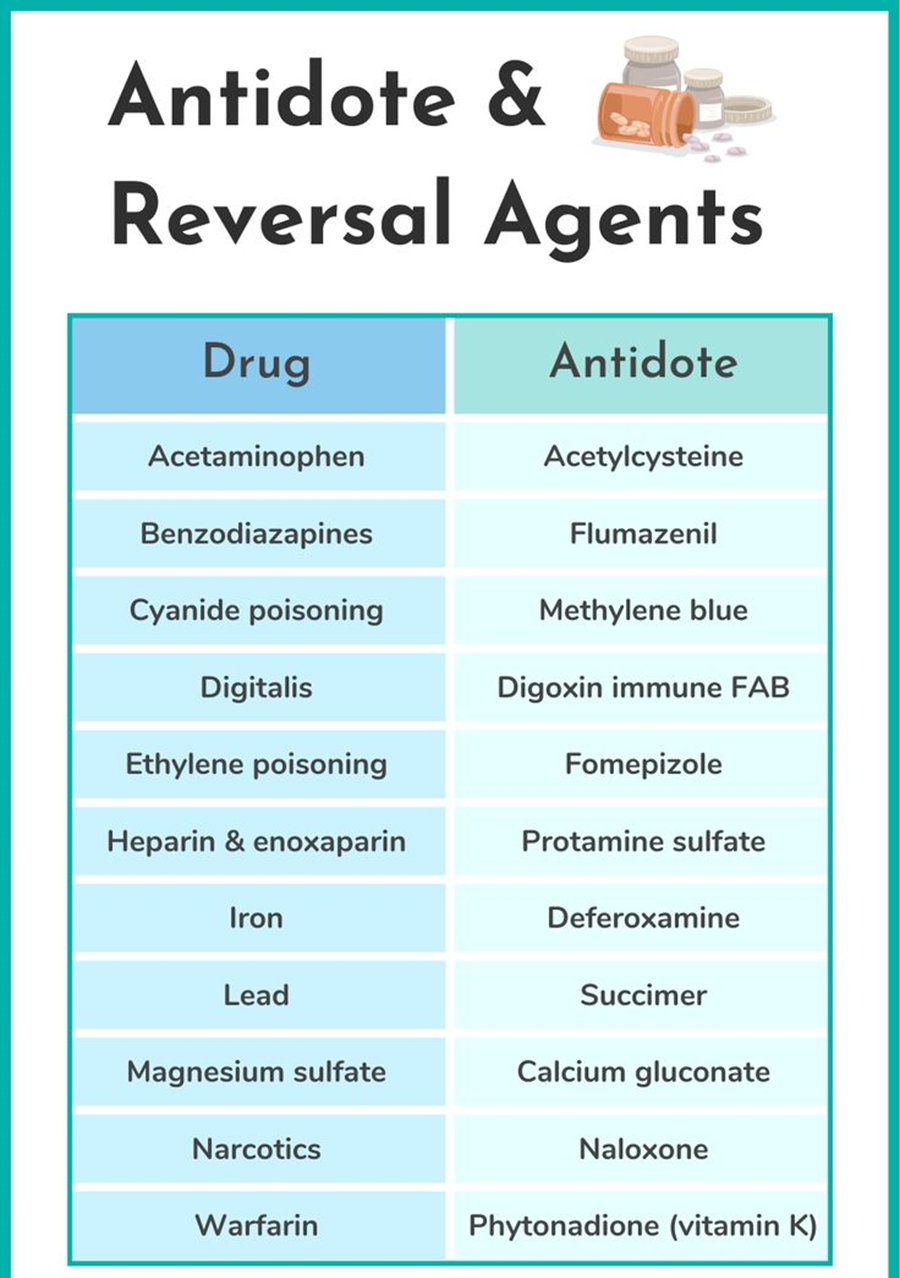The nurse should place a client being admitted to the hospital with suspected tuberculosis (TB) on what type of isolation?
Standard precautions
Airborne precautions
Contact precautions
Droplet precautions
The Correct Answer is B
A. Standard precautions:
Standard precautions are the basic level of infection control and should be used for all patient care. These precautions include practices like hand hygiene, the use of personal protective equipment (PPE), and safe injection practices.
B. Airborne precautions:
These precautions are used to prevent the transmission of infectious agents that are spread through the air. In the case of tuberculosis (TB), which is caused by Mycobacterium tuberculosis, airborne precautions are necessary to reduce the risk of airborne transmission.
C. Contact precautions:
Contact precautions are used for patients with known or suspected infections that can be transmitted by direct or indirect contact. Examples include Clostridium difficile infection and multidrug-resistant organisms. These precautions involve the use of PPE and may include patient placement in a private room.
D. Droplet precautions:
Droplet precautions are used when a patient is known or suspected to be infected with pathogens that are transmitted by respiratory droplets. Examples include influenza and certain types of bacterial meningitis. These precautions include placing the patient in a private room and using PPE.
Nursing Test Bank
Naxlex Comprehensive Predictor Exams
Related Questions
Correct Answer is B
Explanation
A. Factor VIII: Factor VIII is a component of the clotting cascade, but it is not the antidote for warfarin. Factor VIII is used in the treatment of hemophilia A.
B. Vitamin K: This is the correct answer. Vitamin K is the antidote for warfarin overdose. It helps in the synthesis of clotting factors.
C. IVIG (Intravenous Immunoglobulin): IVIG is not an antidote for warfarin. It is used for various immune-related conditions.
D. Factor X: Factor X is also a clotting factor, but it is not the antidote for warfarin. Factor Xa inhibitors are used as anticoagulants.

Correct Answer is A
Explanation
A. "Did you have rheumatic fever as a child?"
Rheumatic fever is an inflammatory condition that can affect the heart, especially the heart valves. Rheumatic fever is a known risk factor for the development of valvular heart disease. Asking about a history of rheumatic fever helps identify a potential cause for valve malfunction.
B. "Do you have a family history of valve problems?"
Family history can be relevant in understanding genetic predispositions to certain cardiac conditions. While it may contribute to the overall assessment of cardiac risk, it may not be as directly linked to valve malfunction as a history of rheumatic fever.
C. "Do you have a history of MRSA?"
MRSA (Methicillin-resistant Staphylococcus aureus) is a type of bacterial infection and is not directly associated with valve malfunction. This question may be relevant for other aspects of the client's health but is not specific to ruling out cardiac issues related to valve malfunction.
D. "What over-the-counter medications do you take?"
While knowing the medications a client takes is important for a comprehensive assessment, asking about over-the-counter medications may not be as directly related to ruling out cardiac issues related to valve malfunction. It is more relevant for assessing potential interactions or effects on cardiovascular health.

Whether you are a student looking to ace your exams or a practicing nurse seeking to enhance your expertise , our nursing education contents will empower you with the confidence and competence to make a difference in the lives of patients and become a respected leader in the healthcare field.
Visit Naxlex, invest in your future and unlock endless possibilities with our unparalleled nursing education contents today
Report Wrong Answer on the Current Question
Do you disagree with the answer? If yes, what is your expected answer? Explain.
Kindly be descriptive with the issue you are facing.
